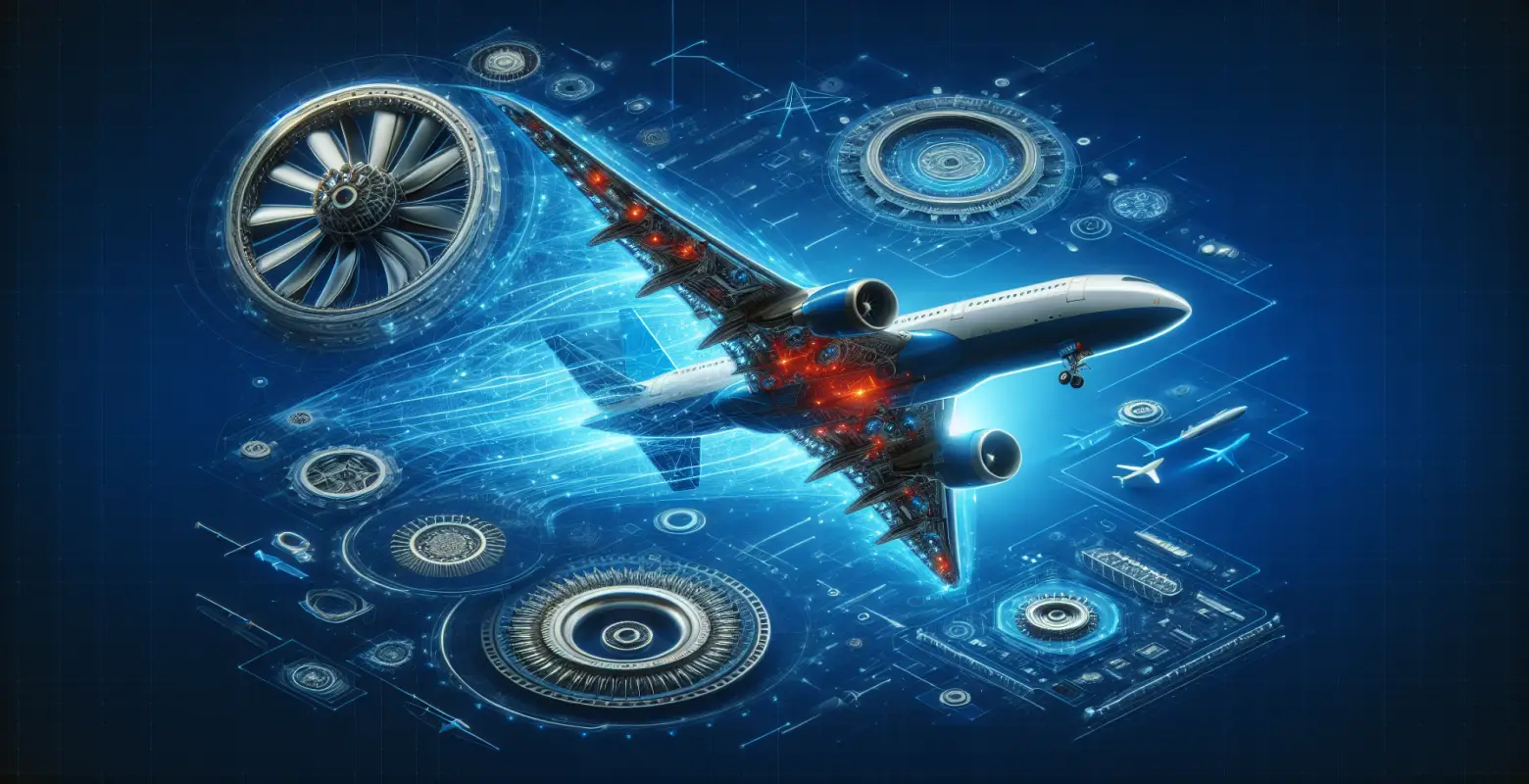What are the latest innovations in military drone technology?
Introduction
In recent years, the technology of military drones has undergone a remarkable evolution, gaining significance not only in military operations but also in intelligence activities and rescue missions. The development of unmanned aerial vehicle (UAV) technology has become a key factor influencing the strategy and tactics of modern armed forces. Their ability to perform various tasks without risking human lives makes them invaluable tools in the military arsenal. In this article, we will examine the latest innovations in military drone technology, analyzing their impact on current and future military operations.
Historical Background and Technological Development
The beginnings of using drones in the military trace back to the times of World War I when experiments were conducted with unmanned aerial vehicles. However, the true development of this technology occurred at the turn of the 20th and 21st centuries, with advances in the field of electronics and communication. Modern military drones are advanced machines that can be remotely controlled or operate autonomously, carrying out complex missions with unprecedented precision.
Latest Innovations in Design and Materials
One of the key areas of innovation in military drone technology is the use of advanced composite materials, which reduce weight and increase structural strength. Modern drones are now more resistant to damage and can better withstand extreme weather conditions. Furthermore, the development of stealth technology allows for the design of drones that are harder to detect by enemy radar systems.
Advanced Navigation and Autonomy Systems
Modern military drones are equipped with advanced navigation systems that enable precise route planning and obstacle avoidance. By utilizing artificial intelligence and machine learning, drones can operate increasingly autonomously, making real-time decisions without operator intervention. An example of such technology is the use of GPS, inertial systems, and optical sensors that together create an integrated navigation system.
Modern Weapon and Sensor Systems
Military drones are also equipped with advanced weapon systems that can be precisely targeted at distant targets. The introduction of laser guidance systems and guided missiles increases the effectiveness of combat operations. Additionally, drones are equipped with advanced sensors such as thermal imaging cameras or radars, enabling target detection even in challenging weather conditions or at night.
Challenges Associated with the Use of Military Drones
Despite numerous advantages, the use of drones in military operations poses certain challenges. One of them is the issue of cybersecurity, as drones are vulnerable to cyberattacks that can disrupt their operations or take control over them. Another problem is the ethical aspect of using drones in combat operations, especially concerning remote decision-making about attacks.
The Future of Military Drone Technology
Looking towards the future, one can expect further development of military drone technology, with an emphasis on increasing autonomy and integration with other combat systems. Future drones may become part of complex battlefield management systems, cooperating with ground, maritime, and aerial units. Additionally, the development of quantum technology and nanoelectronics may lead to the creation of even more advanced detection and communication systems.
Summary
Military drone technology is constantly evolving, introducing new possibilities and challenges for modern armed forces. With advanced materials, navigation and autonomous systems, as well as modern weapon systems, drones are becoming an integral part of modern military strategy. Despite the challenges associated with their use, the future of military drones seems promising, and their role in military operations will undoubtedly continue to grow. To fully harness the potential of this technology, further investment in research and development will be necessary, along with finding solutions to emerging problems.






Number of comments: 0